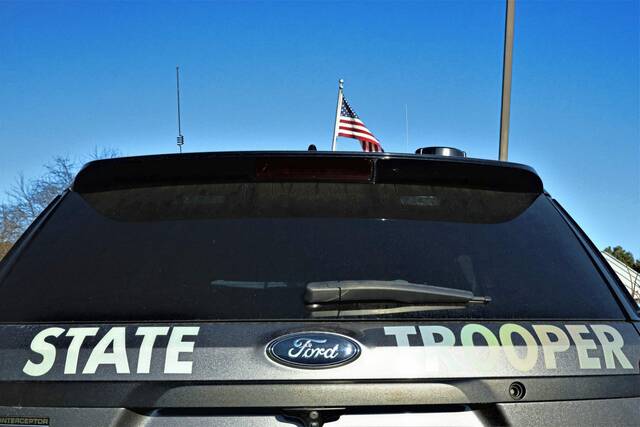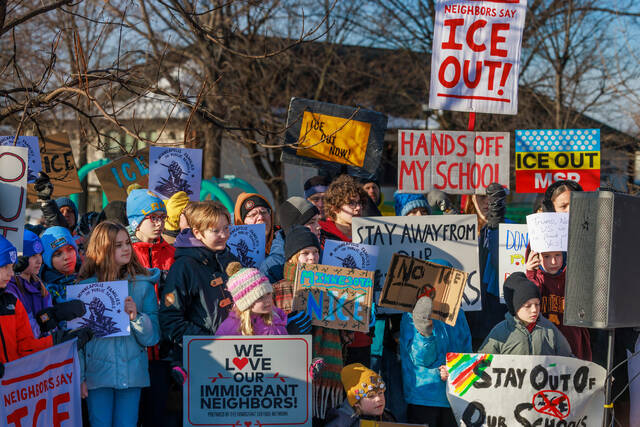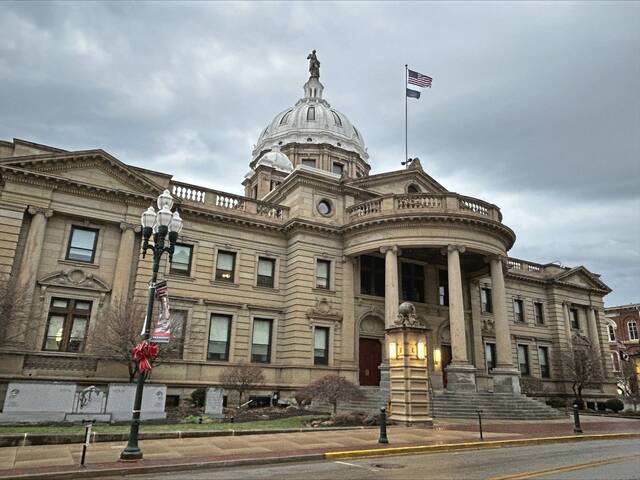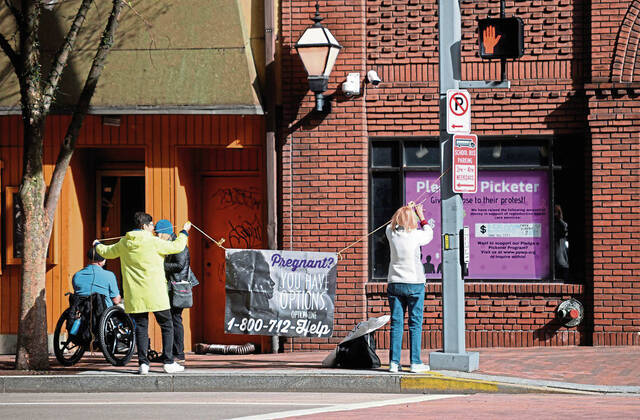It was sunnier 25 years ago than it was today.
“Folks, from the flight deck we should be on the ground in ‘bout 10 more minutes. Sunny skies, little hazy,” the first officer of USAir Flight 427 told the 127 passengers over the intercom. “Temperature’s, ah — 75 degrees, wind’s out of the west around 10 mph.”
Within minutes, the Boeing 737 would plummet to the ground near Hopewell as it prepared to land at Pittsburgh International Airport.
The National Transportation Safety Board would later find — after the longest investigation into the board’s history — a rudder malfunction caused the crash that killed all 132 on board. The report, released March 24, 1999, detailed the investigation and included a transcript of air and ground communications as well as a transcript of the cockpit voice recorder.
The flight from Chicago O’Hare was set to land in Pittsburgh before going on to West Palm Beach. Most on board were Pittsburgh-bound.
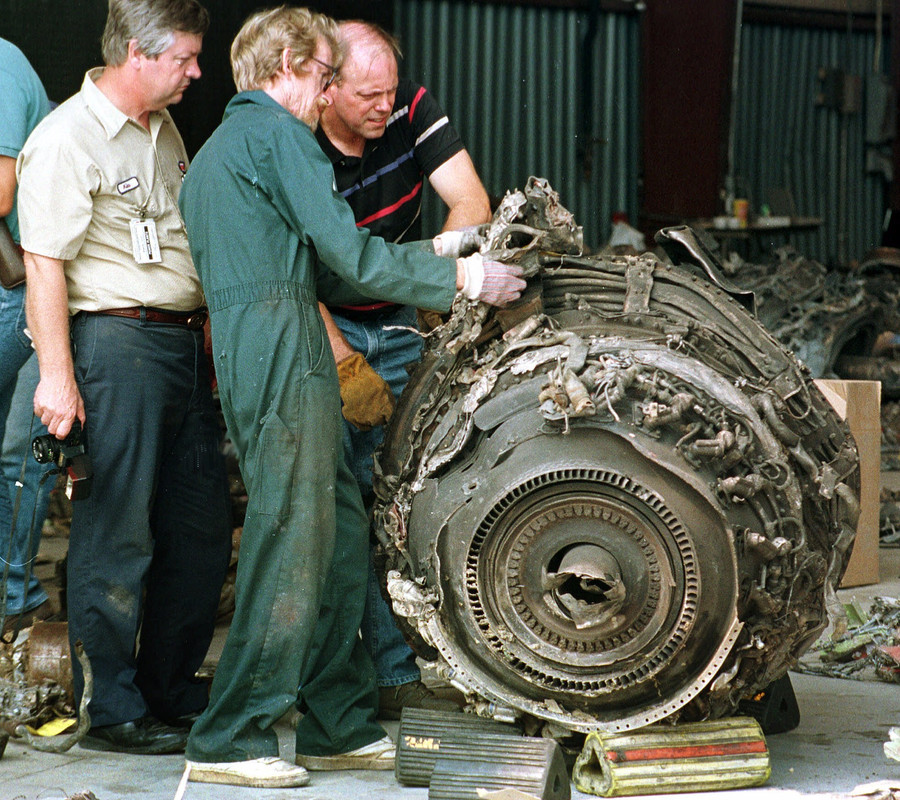
Federal investigators sift through the No. 2 engine remains of USAir flight 427 on Sept. 14, 1994, after the Sept. 8, 1994, crash that killed all 132 onboard the flight from Chicago to Pittsburgh. (Associated Press)
Brian Stashak, vice president of terminal operations for the Allegheny County Airport Authority, was a gate agent for USAir at the time. He told Blue Sky, a news outlet run by Pittsburgh International and the airport authority, that he knew disaster was possible but never expected it.
“I never thought it would be something like that — something just dropping out of the sky like that on a day as beautiful as today,” he told Blue Sky.
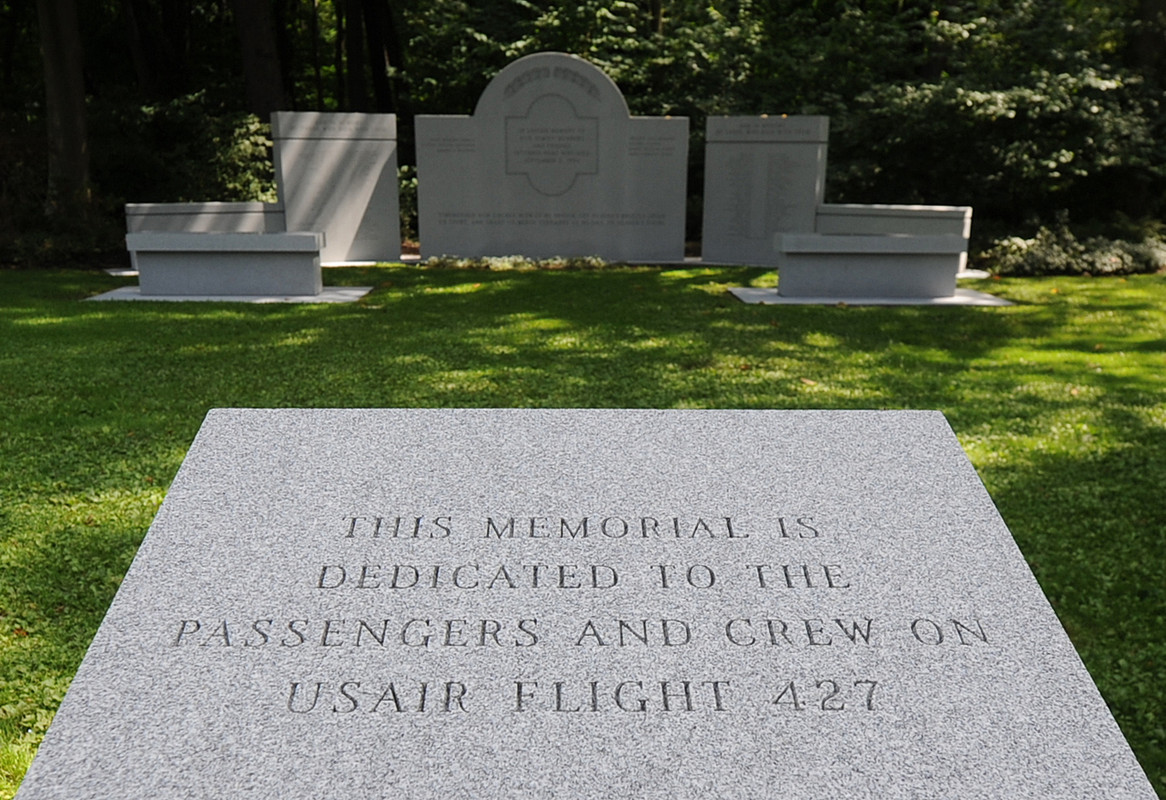
The New York Times, in the days after the crash, profiled as many of the 132 victims as possible.
“Timothy McCoy, 27, had been repairing a machine that had broken down in Rockford, Ill. Lisa M. Ferm, 34, a regional director for Interstate Hotels, was returning home with two colleagues,” Tamar Lewin wrote in the Sept. 10, 1994, edition of the paper. “David Mirilovich, 38, had gone to an engineering seminar. Randall Dellefield, 37, was at a conference with others from the Federal Department of Energy. Larry Grondin, 41, was on his way back from a machine tool show. And Daniel A. Clark, 61, had been to his company’s home office near Chicago.”
Erik Kelemen, then an airport firefighter, told Blue Sky the crew rushed to the scene while listening to the air traffic control radio.
“(As) we were listening to it on the crash phone, you could tell something was wrong because the air traffic controller on the line almost sounded like he was breaking up — as if he was in tears or confused or just couldn’t believe what he was telling us,” he told the outlet.
The 20th anniversary of the crash in 2014 was the last formal memorial event for families and friends of victims.
“It has served its purpose,” Dennis Connolly said at the time. Connolly, whose twin brother, Robert, died in the crash, served as a spokesman for the group that formed after the crash, the Flight 427 Air Disaster Support League.
The group helped push the passage of the Aviation Disaster Family Assistance Act two years after the crash, and it became a model for the National Air Disaster Alliance and Foundation.
“Things are different now,” Connolly told the Trib in 2014. “People left behind are treated more humanely.”



